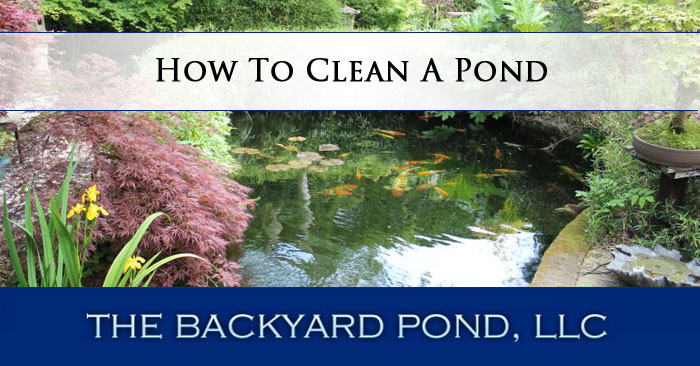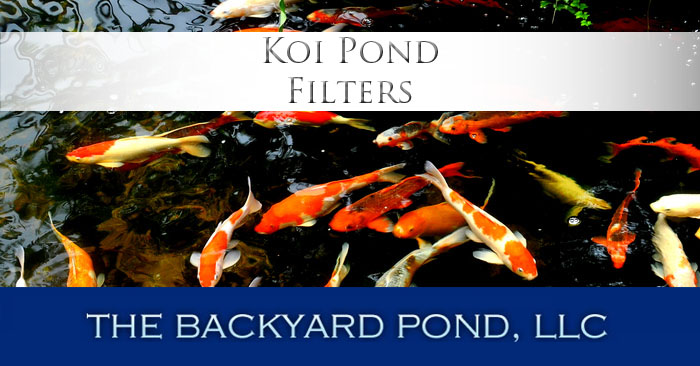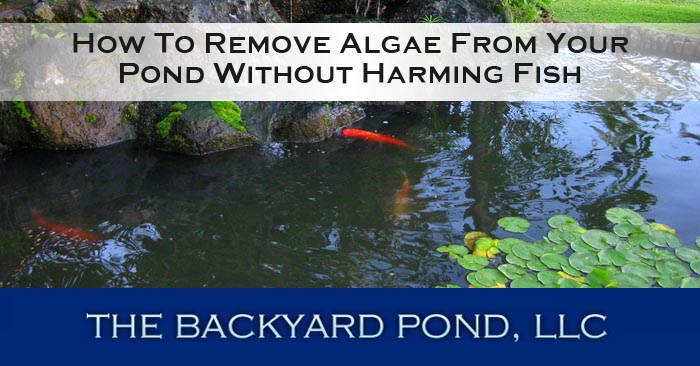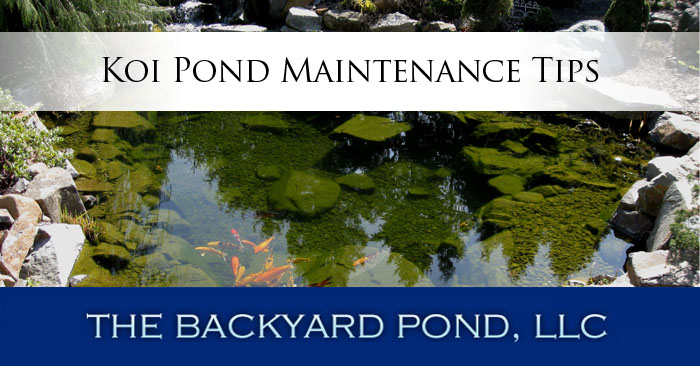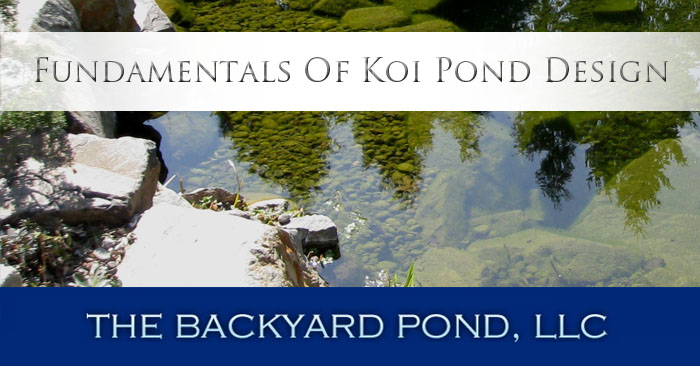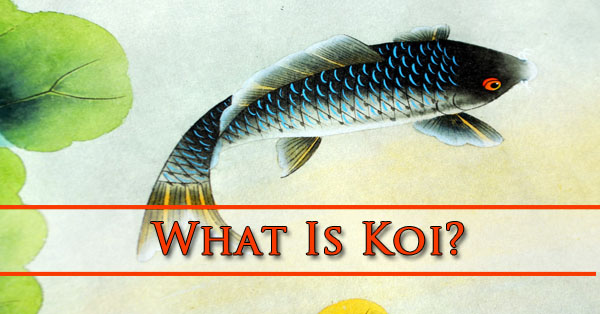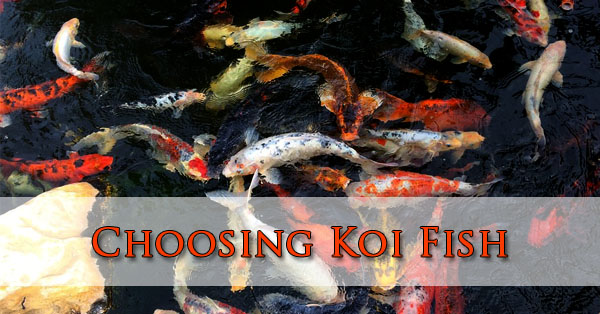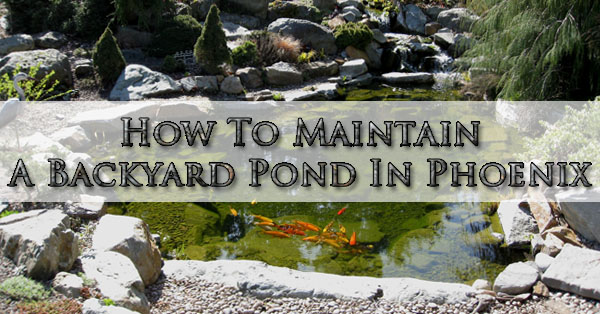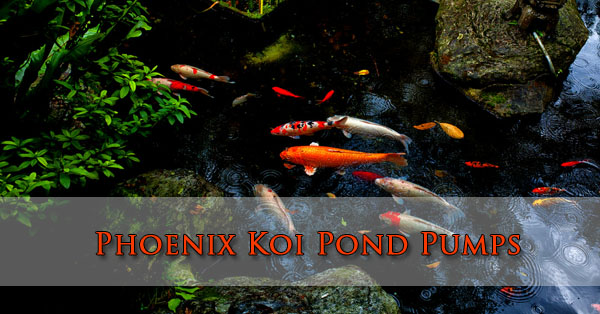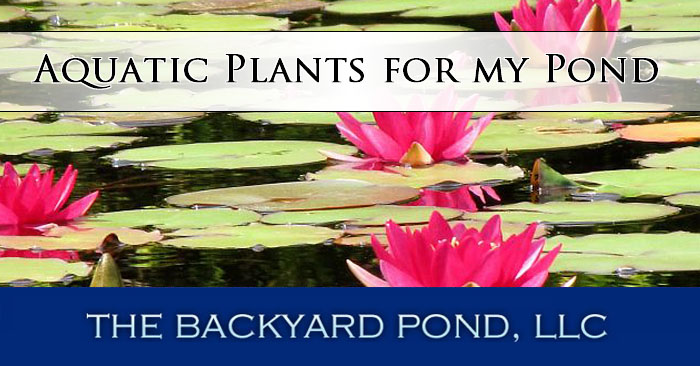
Choosing the right plants for your pond in Arizona will make it more visually stunning and preserve the health of the pond. If you’re searching “Aquatic Plants” you’re either planning a new pond or considering about how to make your present pond better.
Aquatic Plants
Water plants are generally considered one of the best ways to enhance a water feature. Occasionally called aquatic plants, there are water plants for just about every type of water feature, from small table fountains to spacious backyard ponds. The type of aquatic plant that will best suit your water feature is will be decided by your requirements, as well as the developing features of each plant.
Tropical Night Blooming Lilies
The Antares Night Blooming Tropical Water Lily is an attractive rosy-red colored lily with 5 1/2″ – 7 1/2″ flowers. This free flowering lily has a bowl-like flower likeness and the leaves are darkish rust color. The Antares Night Blooming Tropical Water Lily opens right before nightfall and stays open until the morning hours.
Hard Water Lilies
A water garden is not complete without one or more of these elegant pond plants. The hardy water lily is available in an assortment of sizes and colors. The water lily plant, once they established in your backyard pond will reward you with a lot flowers all through the summer months. Hardy water lilies will bloom regularly May thru September. They do great in winter and the water lily will comeback in the spring once again giving you a lovely backyard pond plant.
Tropical Water Lilies
Tropical water lilies make a stunning centerpiece in your backyard pond. Its flowers rise several inches out of the water and are more bountiful than hardy lilies. Flowers open mid-morning and will stay open until late the afternoon or early evening. Tropical water lilies can safely be placed outdoors when the water temperatures are a regular 65+ degrees. Tropical water lilies that are marked as Viviparous (producing seeds that grow on the plant itself) will endure through cooler water temperatures and bloom later into the autumn months.
Aquatic Bog Plants
Aquatic bog plants grow in shallow water or at the border of the pond. Marginal plants consist of pond plant variations that stand above the water while their feet constantly remain wet. All of the hardy bog pond plants are a perennial type and will come back every spring and bloom at various times all through the season. Hardy bog plants are valuable because they add height and proportion to the pond giving it a more natural look.
Water Iris
An additional favorite for pond owners is the water iris, as there are a lot of varieties to choose from. They supply a long sharp leaf, and depending on the species can produce various color flowers, from white, blue, to yellows. Commonly, these plants are placed in pots which are then submerged in the pond water. The majority of water iris will survive in limited or full sun, which is good for those that have some type of shade.
Lotus
Lotus plants are a hardy perennial pond plant and will give you colorful flowers year in, year out. Some water lotus species have leaves that can reach up to 2’ in circumference and massive flowers up to 12” in diameter. Some smaller and medium varieties can adapt to patio gardening also.
Aquatic Plants For Sale In Phoenix
For aquatic plants purchasing give us a call today at (623) 878-6695 or stop by our store and take a look at our wide selection of pond products. We can also install, service and maintain your fish pond.
